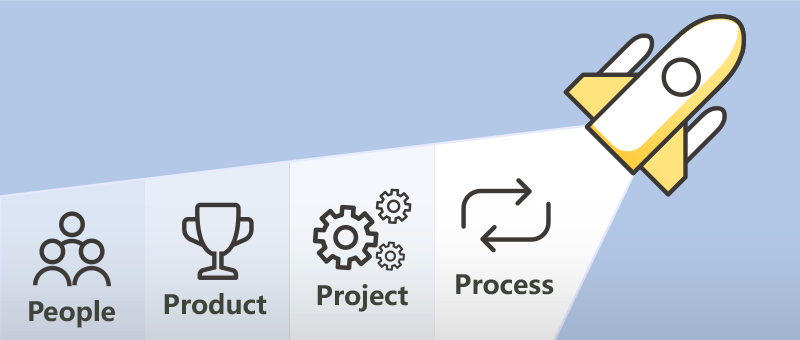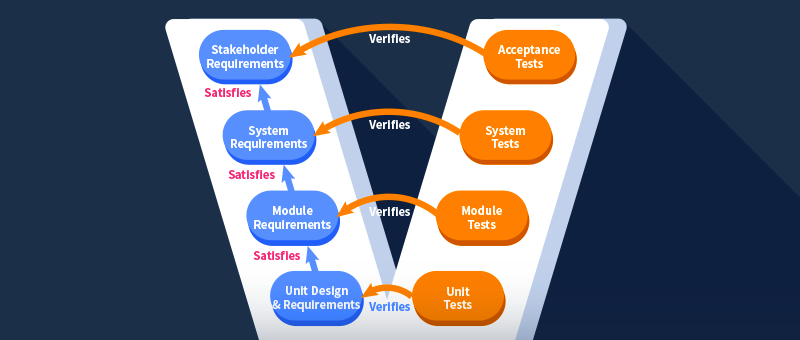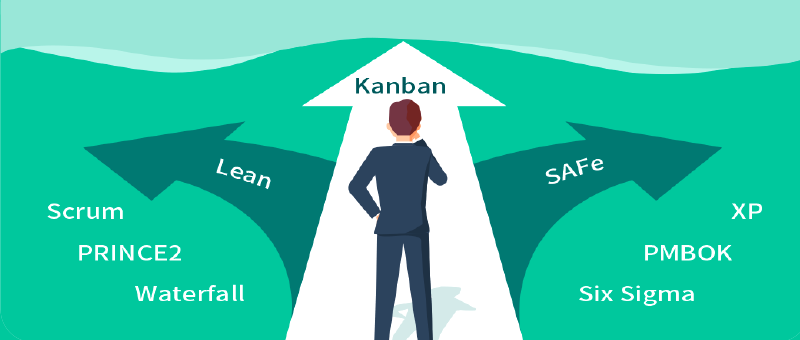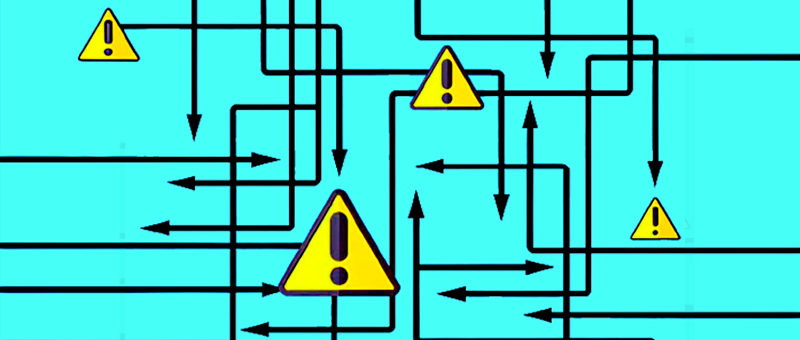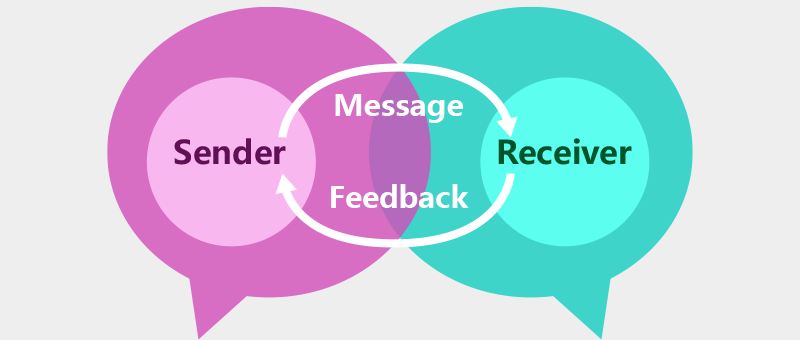
-
Virtual PMO

A virtual or distributed team is a group of workers who communicate and work together using digital tools. While they can be located in the same physical space, virtual teams are often distributed, working remotely in different parts of the city or country—even on the other side of the world!
Virtual PMO (VPMO) was developed for managing virtual project teams that had to achieve common goals together. VPMO is different from PMO in the sense that it is less command-and-control oriented but puts more emphasis on flexible structures, measurable milestones and critical success factors, time-independent and context-oriented communications and data-driven management.
VPMO can also be used for non-distributed teams that are located in the same physical location. When teams are mature, self-motivated and can gain speed when you give them more flexibility, PMO and VPMO are tools to help managers shift their management style, depending on the maturity level of the team.
It is important to point out that if your teams are very big (over 500 people) or they were recently merged from different organizations to a new organization, even if they are all located in one location, the use of virtual team management style and VPMO should be considered.
It is all about results
 VPMO supports the result-only-work-environment strategy. It allows workers to set the terms and time as long as they meet the required results. This has helped fuel the growth of virtual teams, and in so doing, virtual project management.
VPMO supports the result-only-work-environment strategy. It allows workers to set the terms and time as long as they meet the required results. This has helped fuel the growth of virtual teams, and in so doing, virtual project management.
In fact, for a result-only work environment to work, both managers and their teams must facilitate clear and effective communications, which is supported in
 VPMO.
VPMO.
Workflows for distributed teams
 VPMO provides you with the workflows by which you can manage projects via distributed or virtual teams. When teams are distributed across different time zones, they still need to get assigned activities and that work must be monitored and tracked to make sure it stays on schedule. Besides, the management style needs to be more facts or data-driven since high touch is less available in such environments.
VPMO provides you with the workflows by which you can manage projects via distributed or virtual teams. When teams are distributed across different time zones, they still need to get assigned activities and that work must be monitored and tracked to make sure it stays on schedule. Besides, the management style needs to be more facts or data-driven since high touch is less available in such environments.
When the team members are scattered across different locations and perhaps different time zones, managers must leverage
 VPMO to detect and resolve obstacles in an effective and prompt manner.
VPMO to detect and resolve obstacles in an effective and prompt manner.
Virtual team management
To manage teams, you first have to get them working. Assigning might seem a problem when teams are distributed, but
 VPMO has a talent database with team members’ skill and availability information. If different team members have different holidays due to they belong to different jurisdictions,
VPMO has a talent database with team members’ skill and availability information. If different team members have different holidays due to they belong to different jurisdictions,  VPMO provides a separate calendar for each jurisdiction and each team member is linked to the jurisdiction that he or she belongs.
VPMO provides a separate calendar for each jurisdiction and each team member is linked to the jurisdiction that he or she belongs.  VPMO was designed to let you manage the distributed team as if their offices were on the same floor as yours.
VPMO was designed to let you manage the distributed team as if their offices were on the same floor as yours.
Make schedules & stick to them
 VPMO supports multiple project views such as Work Breakdown Structure (WBS), Gantt chart and Critical Path that allows you to detect dependencies and floats (slack) easier. They can schedule, link activity and deliverable dependencies, detect resource contention and conflicts and set milestones across a project timeline.
VPMO supports multiple project views such as Work Breakdown Structure (WBS), Gantt chart and Critical Path that allows you to detect dependencies and floats (slack) easier. They can schedule, link activity and deliverable dependencies, detect resource contention and conflicts and set milestones across a project timeline.
Once the projects are being executed, as team members update their activity status, progress and commitments are tracked. This level of transparency and accountability helps keep virtual teams on track—and projects moving.
Collaborate from anywhere
 VPMO helps your teams work together when they’re physically apart. Once teams are assigned activities, they have the platform to collaborate. Every activity has a place to add comments, which triggers an email alert, so no matter where your team members are located, they can work better together.
VPMO helps your teams work together when they’re physically apart. Once teams are assigned activities, they have the platform to collaborate. Every activity has a place to add comments, which triggers an email alert, so no matter where your team members are located, they can work better together.
 VPMO has unlimited file storage and users can attach as many documents and images as needed to the activity. They can even tag someone not assigned to the activity and bring them into the conversation.
VPMO has unlimited file storage and users can attach as many documents and images as needed to the activity. They can even tag someone not assigned to the activity and bring them into the conversation.
Facts or data driven management
Since high touch is less attainable in the virtual team environment, managers need real-time data to understand the performance of each team member and the obstacles that he or she is facing. Using
 VPMO real-time dashboards, managers can detect strong-or-weak performance and issues at the earliest possible time.
VPMO real-time dashboards, managers can detect strong-or-weak performance and issues at the earliest possible time.
The above is most important in modern projects or virtual team environments. If managers use project management tools designed in the 1980s to manage modern projects or virtual teams, it is like looking at old newspapers’ stock information to purchase today’s stocks. Managers wouldn’t be effective that way since the information they have makes them lag behind.
Benefits of using
 VPMO
VPMO
The advantages of using
 VPMO are tied to the benefits of having virtual teams.
VPMO are tied to the benefits of having virtual teams.
Good for your bottom line
The one that is likely most persuasive to a business is the impact on its bottom line. Having virtual teams and virtual project management to manage them means less office space, less equipment, fewer utility bills, etc.
Access more talent
As noted earlier, virtual project management means virtual teams, which are a great lure to attract talent beyond your region. This is how many organizations frame the importance of having virtual project management, but what is not always addressed is how remote teams also help with the retention of that talent.
Higher employee retention
When managing virtually, your organization is not only attracting talent from beyond its geographic reach but retaining those skilled workers. More employees are demanding a balance of life and work. Being part of a virtual team usually provides them with the flexibility to care for young children, set their hours and get other perks that keep them loyal to the organization. They’re less likely to get restless and seek employment elsewhere.
Greater productivity and cost-savings
While it might seem counterintuitive, virtual project management boosts productivity. According to a survey from Global Workplace Analytics , “a typical employer can save an average of $11,000 per half-time telecommuter per year. The primary savings are the result of increased productivity, lower real estate costs, reduced absenteeism and turnover, and better disaster preparedness.” That’s not even including less travel time and unnecessary meetings.


 is cool!
is cool! provides you a comprehensive
picture of recent, current, and likely future of your infrastructure and operations.
provides you a comprehensive
picture of recent, current, and likely future of your infrastructure and operations.